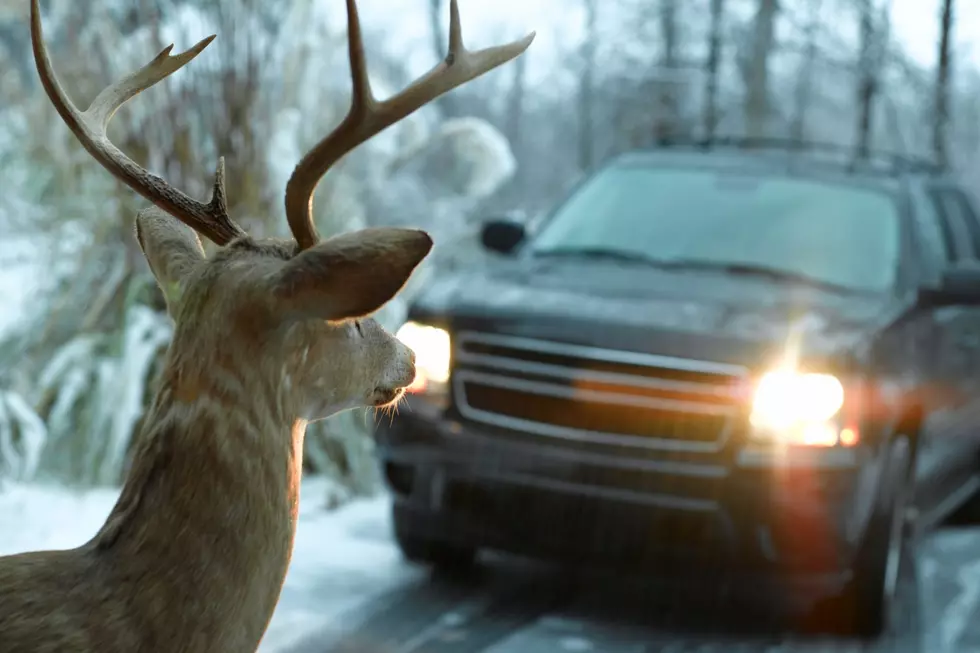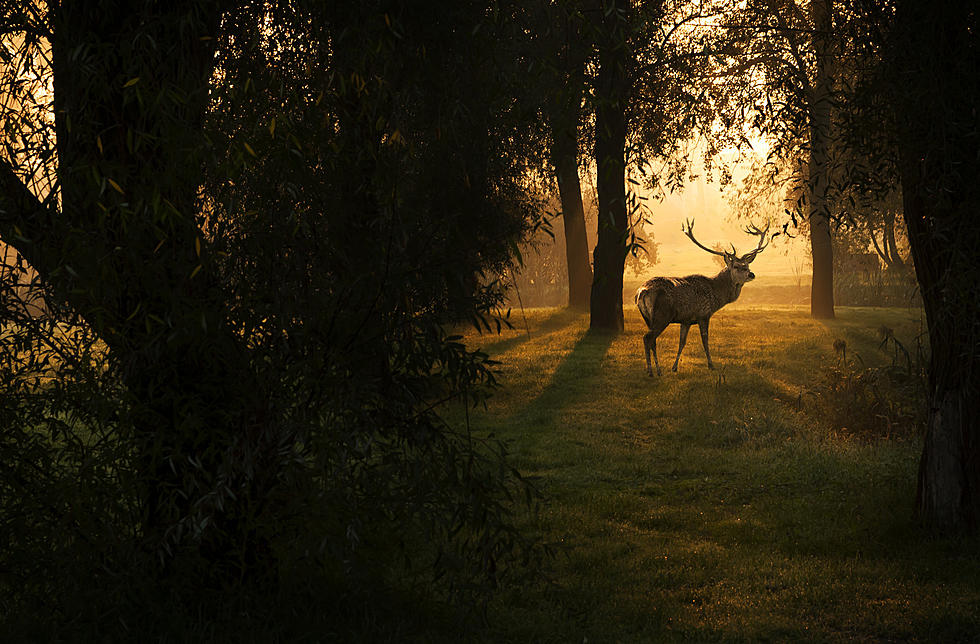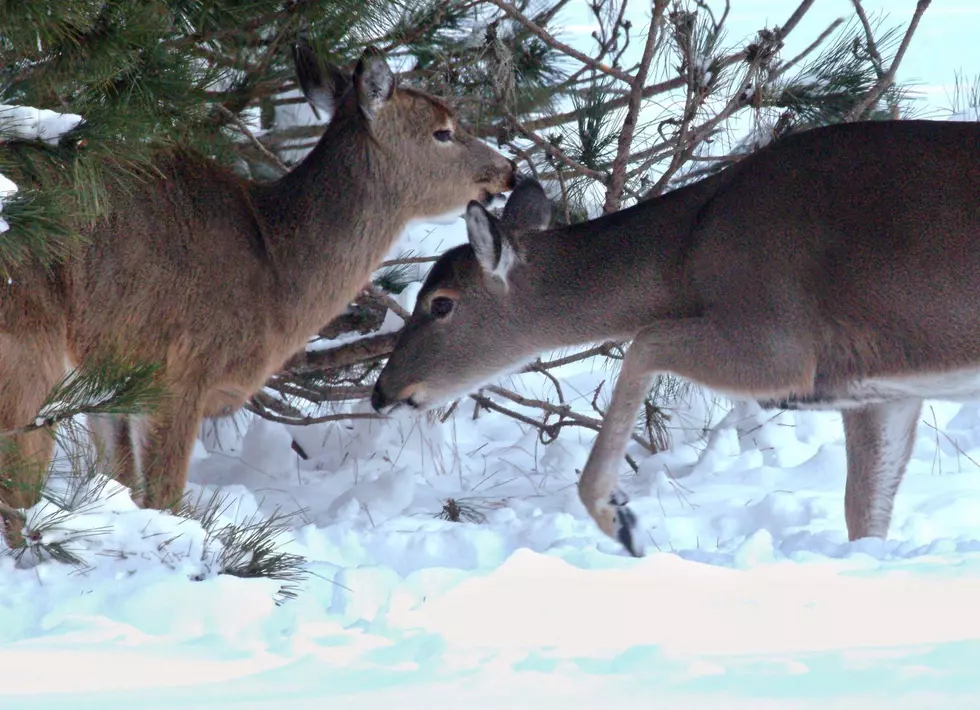
East Lansing Deer Culling: Is It Ethically Wrong?
This is a tough one and a tough call to make. Deer in the city of East Lansing have been an ongoing problem for almost 10 years. So the City Council has agreed they want to leave the decision up to the community to solve the dilemma of overpopulation of deer in East Lansing. I would not want to be the deciding vote in this situation.
https://www.youtube.com/watch?v=MnBssBwRD98
Some folks on the City Council think shooting of some of the deer is the right way to go. I am not so sure. I hate the idea of shooting harmless animals. I also asked a few friends who are animal lovers, and they don't like the idea at all.
The city council says culling is the least expensive and best way to proceed. Most have voted for the culling of deer. You can read more about that here from the City of East Lansing's website.
Others in the community are completely against the idea, and I can understand where they are coming from. I saw this Facebook post from Nottingham Nature Nook and it really tugged at my heart strings. Those fawns were rehabilitated and released, but now they are right in the area where sharpshooters will be culling the deer.
There are two sides to the story here, though. Yes, it's sad that these animals will be killed, but overpopulation of deer is a serious issue. Too many deer causes harm to plants, animals, and forests. Deer also feed on our crops and our landscaping causing a financial burden. They can also cause us to get in serous car accidents which threatens our safety. Also, some may carry ticks and Lyme disease to epidemic proportion in some areas.
Through March 1st, East Lansing will be closing its city parks periodically in the evenings so that sharpshooters can bring down the local deer population. I wrote about it in a previous post if you'd like to read more.
This issue of deer culling is causing controversy not only here but all across the county.
So what do you think? Should the culling of deer take place?

SEE MORE: Animals That Are on Michigan's Endangered Species List
More From 100.7 WITL









